Welcome, newbies! If you’re just starting out on the bike, you’re about to start an exciting journey. Cycling can transform your fitness, expand your horizons, and introduce you to a fantastic community. More than anything, it can be just plain fun!
What’s not so fun is being ill-equipped for your rides. While cycling itself is simple — you, your bike, and the open road — there are a few key items that can make your ride safer, more comfortable, and more enjoyable. Whether you’re planning to be an easy cruiser, a weekend warrior, or a serious “roadie,” these essentials will set you on the right path.
Let’s chat about the must-have upgrades to kickstart your bike life!

Photo by Markus Spiske (via Unsplash)
Why is the Right Gear So Important for Beginners?
It’s a common misconception that beginner cyclists shouldn’t worry about their gear right from the get-go. Having the equipment that makes your rides safe, easy, and enjoyable is often the difference between falling in love with cycling or giving up before you’ve really begun. Proper equipment makes you safe and comfortable. It can boost your performance on the bike, too. These are all key factors in enjoying your rides and sticking with the sport.
For example, a well-fitted helmet protects your head. Quality pedals and an appropriate saddle can improve the efficiency and comfort of the bike. Having tools like tire levers and spare tubes means you’re prepared for common issues on your rides.
But it’s easy to get lost in the weeds. Too many experienced cyclists will recommend gear for beginners that’s just not necessary when you’re first starting out! As a result, it can be difficult to parse all of the tools, kit, and upgrades out there down to just what will make a difference in your day-to-day riding. Beginners often get lost in a cycle (pun intended) of indecision, where they don’t start riding because they don’t think they have the gear they need.
In short: solve problems before they happen.
To sum it up simply, the essential gear removes potential barriers and discomforts. It’s not about small improvements that you may not notice until you have more experience on the bike! I hope this guide makes a difference in your rides so that you can focus on pure enjoyment of cycling and the steady improvement of your skills. Investing in these critical pieces now is an investment into your cycling future.
Wait, Is Cycling an Expensive Hobby?
Cycling doesn’t have to break the bank. Like many hobbies, it can be as expensive as you want it to be.
You can start with a modest investment in a reliable, modest bike and basic gear. Then, you can gradually upgrade as your skills and interests evolve. High-end bikes cost thousands of dollars, but plenty of quality options exist for beginners at more sane price points. The beauty of cycling is its scalability — you can enjoy it whether you’re on a $500 bike or a $5,000 one.
And once you’ve made the initial investments, ongoing costs are relatively low. You’ll save on gas, parking, and potentially gym memberships. Many new cyclists find that the health benefits and reduced transportation costs actually save them money in the long run! The key is to simply start with the essentials. Buy smart things you need at first, and upgrade strategically as you go.
And above all else, remember, the most expensive bike won’t make you faster or happier — it’s the time in the saddle that counts.
So what are the few essentials you really need to get started riding? Keep reading for a list of ten no-nonsense choices to start with!
Must-Have Equipment for Beginner Cyclists
Helmet
A helmet is your first line of defense against head injuries. It can literally save your life in case of a fall! And don’t even get me started on car accidents, which are an especially real possibility in the United States. You are not going to be able to enjoy riding if you get in a serious wreck without a helmet.
You might be remembering the clunky helmet you wore when you were a kid and thinking, “nah, no way, I don’t want to wear that!” But modern helmets are lightweight, well-ventilated, and comfortable. There’s really no excuse not to wear one. Remember, even experienced cyclists can have accidents, so always protect your head when riding.
Finding the right helmet fit is important. If you have an oblong head, make sure to choose a helmet from a brand that specializes in that head shape. If you feel pinching at any side of your head in a helmet, that is a sign it is not the correct shape for you.
Read more: How to Pick the Right Bike Helmet for an Oval Head Shape
Bibs
Okay, so cycling bibs might look odd. Very odd. You will definitely feel like you are wearing a diaper the first few times you try them! But they’re a game-changer for comfort on longer rides. The padded chamois reduces the friction and absorbs shock. This will go a long way to prevent saddle sores. Bibs also stay in place better than regular shorts. The dreaded waistband roll is the enemy of cyclists! You’ll be amazed at how much more enjoyable cycling becomes when you’re not constantly adjusting your shorts.
The main reason to wear bibs as a beginner is to avoid starting on a too-padded saddle. It may come as a surprise, but saddle padding actually increases pain while riding. That’s because the padding pushes into the tender parts of your body that touch the seat, such as your groin and crotch area. Sometimes this can even cause bruising. The chamois in bibs, however, is designed to not be too padded in those regions.
If riding your bike can sometimes be a pain in the rear end (literally), then you definitely want to get bibs.
Pedal upgrade
Everything always looks shiny and nice on a new bike. But stock pedals are often basic and inefficient. If you want to upgrade right out of the box, this is a component to focus on.
You can also upgrading to clipless pedals. Clipless pedals allow you to pull up as well as push down, engaging more muscles and increasing efficiency. They take some getting used to, but once you’re comfortable, you’ll wonder how you ever rode without them. Dual-sided pedals, with both flat and clipless sides, also exist. You may want to consider these if you’d like to ride your bike in both flats and clipless!
Read more: Best Dual-Sided Pedals For Road Cyclists: Our Picks
Even quality flat pedals can significantly improve your power transfer and control. Look for ones with small teeth in the pedal surface to ensure that your foot finds enough grip to transfer power when you’re pedaling. Changing out your pedals is one of the biggest difference-makers on a new bike!

Photo by rminedaisy (via Unsplash)
Saddle upgrade
The second biggest upgrade to your bike is a new saddle. A bike saddle isn’t one-size-fits-all! The right saddle can make the difference between an enjoyable ride and a painful one.
Why does this happen? Saddles are dependent on your “sit bones,” the pieces of your pelvis that sit on the saddle when you’re riding. Too far apart and they will cause squishing and numbness in your undercarriage, like I mentioned in the bibs section. Too close and you won’t feel at-ease on the saddle — even basic pedaling will feel like too much of a balancing act!
So if you need to upgrade your saddle, make sure your new choice is tailored to your body type. It’s all about reducing pressure points. A well-equipped bike shop can help make sure your new saddle aligns with your sit bones. Don’t suffer through discomfort — a good saddle is worth every penny.
Read more: Why Your First Bike Should Be From a Local Bike Shop
Stem upgrade
What is the stem? This piece sits between the frame and the handlebars and dictates the reach of the bike, which is exactly what it sounds like — how far you have to reach outward for the handlebars when riding.
The stem might seem like a small component, but it plays a big role in your bike fit! Adjusting the stem length or angle can dramatically change your riding position. And that position makes the difference in whether you feel strained or comfortable on the bike. A properly fitted stem can even help prevent numbness or tingling in your hands and wrists during long rides.
If you got a new bike at an LBS, chances are you already have a good fit without a stem change. But if you bought a used or online-order bike, or simply feel like you’re reaching out too far when you’re riding, it’s time to think about swapping out for something shorter or longer.
Handlebar tape
Of everything on this list, this is the one you can most easily omit if you’ve bought a new bike — but don’t write it off too quickly! This is especially important if you’ve bought a used bike, as the handlebar tape is one of the things that most likely needs to be refreshed from owner to owner.
Good handlebar tape improves grip, absorbs vibration, and, well, just makes your bike look good. It’s just an easy and relatively inexpensive upgrade that can significantly improve your vibes on the bike. But the place it really comes in clutch is during rainy or wet conditions. With nicer tape than the stock stuff that comes on new bikes, you won’t have to worry about losing your grip on the handlebars.
So, if you’re visiting your LBS for other components or gear, consider grabbing a roll or two of handlebar tape and doing a fresh wrap on your bike.
Tire pump
Proper tire pressure is absolutely critical for performance, comfort, and avoiding flats. Tires that are not pumped up enough are prone to pinch flats… and most beginner cyclists don’t pump up their tires nearly enough! For the best longevity, you should be checking and pumping up your tire pressure before every ride, but especially before long rides.
A quality floor pump with a pressure gauge allows you to easily maintain the right pressure. It’s much more efficient than a hand pump and will save you time and effort before every ride. If you really can’t stand the idea of pumping by hand, I feel you. That’s why I use a handheld air compressor for my tires! So choose the option that works for you.
Tire levers
Even if you keep your pressure perfect, flat tires are an inevitable part of cycling. They happen when the tube inside your tire gets a hole and deflates. To make the repair, you need to remove the tire to get the tube inside. Then, you can replace the tube or repair it with a patch.
Thankfully, tire levers make removing and reinstalling tires fairly easy. This is especially true when you’re new to removing and reinstalling tires, or dealing with very tight-fitting tires. They’re small, lightweight, and inexpensive, but can save you from a long walk home. Always carry a set in your saddle bag or jersey pocket! But don’t cheap out — I know a lot of tubes come with a plastic tire lever, but get a nice metal one. You’ll thank yourself when you’re dealing with your first flat on a busy roadway.
Extra tubes
Ah, the spare tube. Listen: carrying spare tubes is kind of Cycling 101. Punctures happen, but if you have an extra tube on hand, it doesn’t have to ruin your ride.
Learn how to change a tube (it’s easier than you think) by watching the video from Park Tool below. Then, just be sure to always carry at least one spare! It’s also a great way to make friends on the road. Every cyclist broken down with a flat appreciates the passerby who can save the day with a helping hand (or, uh, helping extra-tube.)
Lock
Okay, so if you’re trying to be like the real roadies, I know what you’re thinking: you’re not planning to lock your bike up any place, because your cyclist friends told you not to leave it unattended! And that’s true! But the reality is that eventually you will need to lock it up someplace — to run into a café and grab coffee, to stop and go to the bathroom, or anything else — and you will wish you had a lock on hand to secure it.
Read more: The Joy of the Coffee Ride
A good bike lock protects your investment. Never leave your bike unattended without locking it. If you’re ever going to leave it for more than 10 minutes, opt for a high-quality U-lock or chain lock that can resist cutting and prying. But the best lock is the one you actually use, so choose one that’s convenient enough to carry on any ride.

Photo by Susan Q Yin (via Unsplash)
And that’s it! The above is your list of the essential upgrades to consider as a beginner cyclist! From covering your noggin to keeping your bike smooth and comfortable to ride, now you’ve got the basics. As I said, it’s not about having ALL the fanciest equipment. It’s about having the right tools to start enjoying time on the road without difficulty.
Now that you’re armed with this knowledge, you’re all set to head down to your LBS and pick up the gear that will make a difference in your rides. Or you can order from your favorite online storefront, like REI or Backcountry, knowing that you won’t have to make a pesky return because you bought too much stuff in the beginning.
Don’t forget what I said above, though: the most important thing is riding. Don’t wait for the perfect moment or the perfect setup. Get on your bike and go!
Happy riding!
Read more: Want more beginner guides? Visit our category here for all the tips you need to get started on the bike.


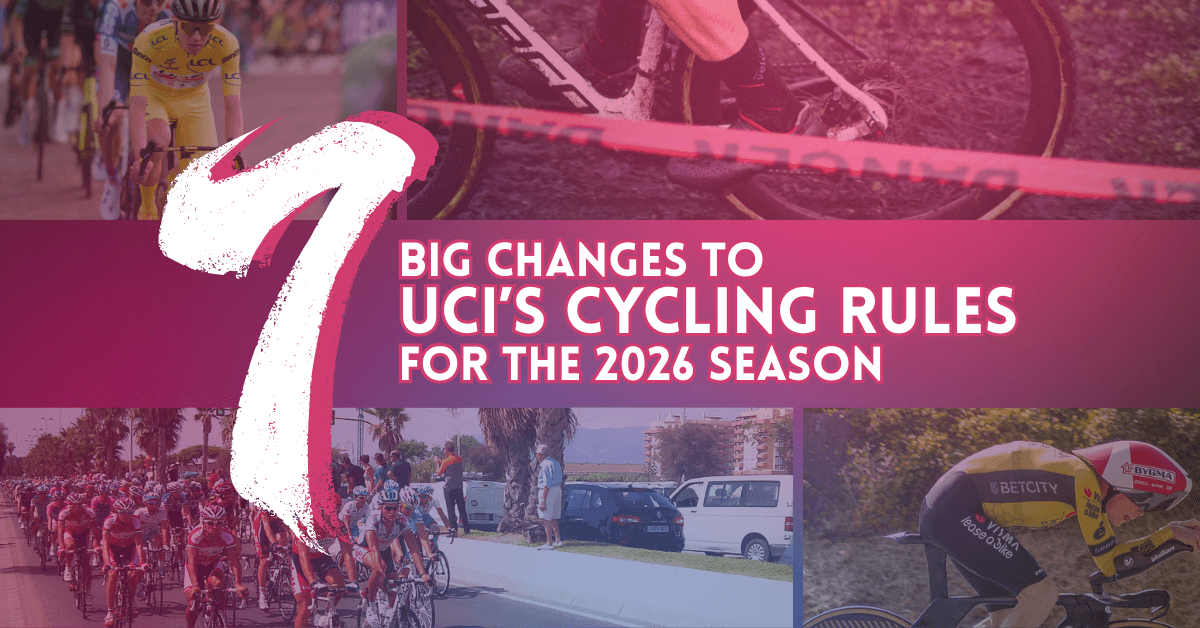
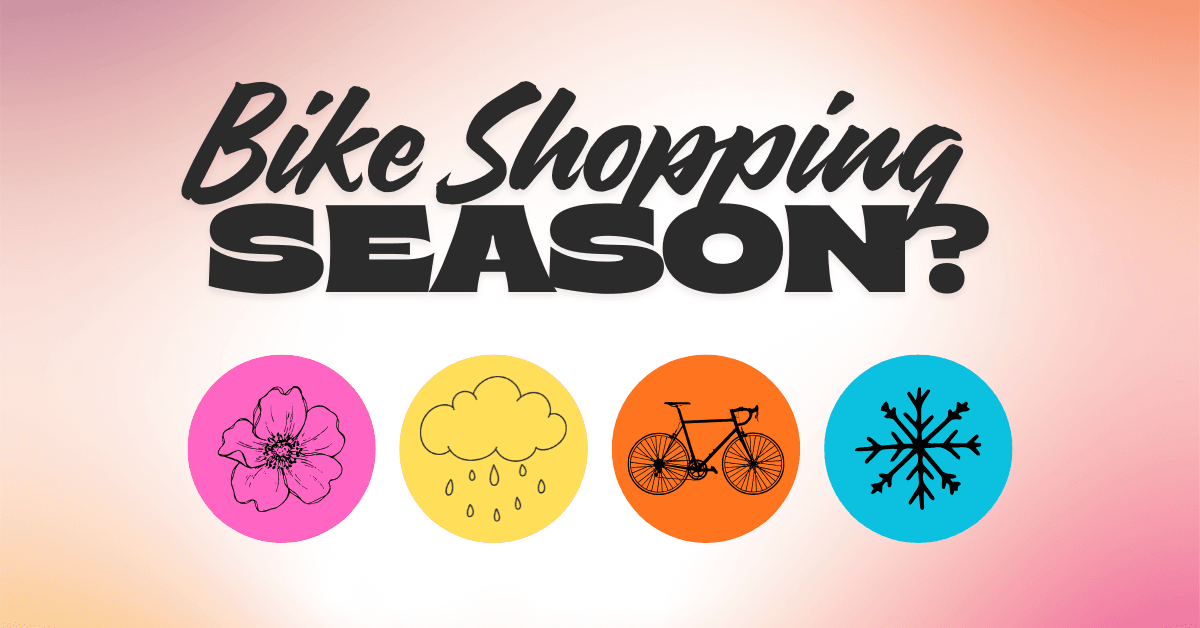

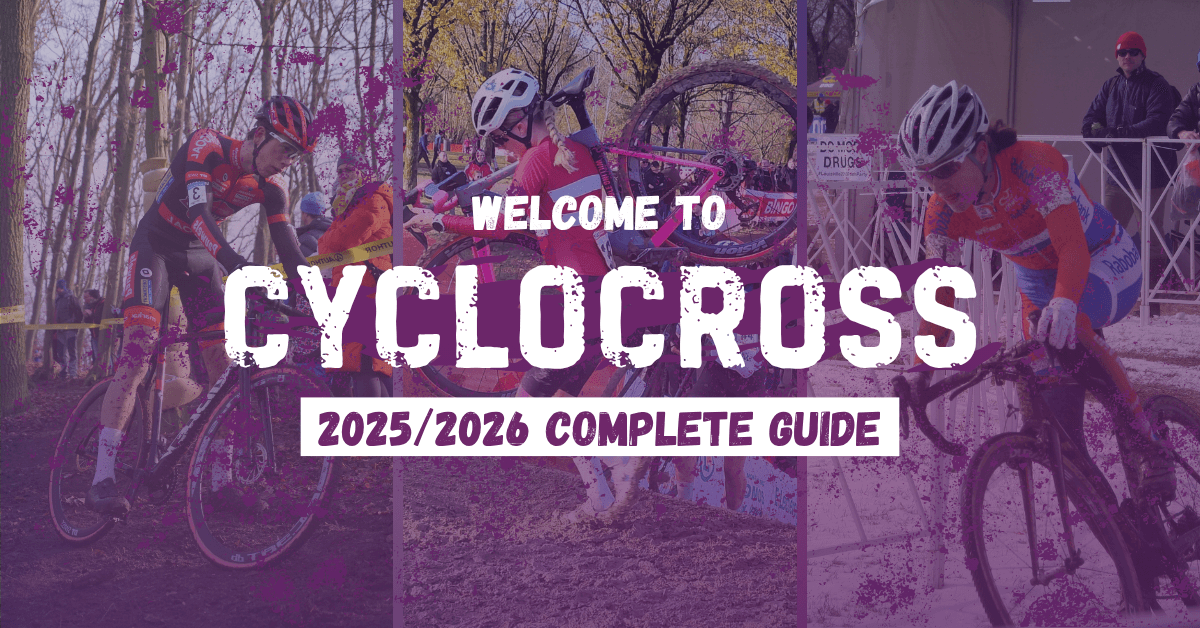


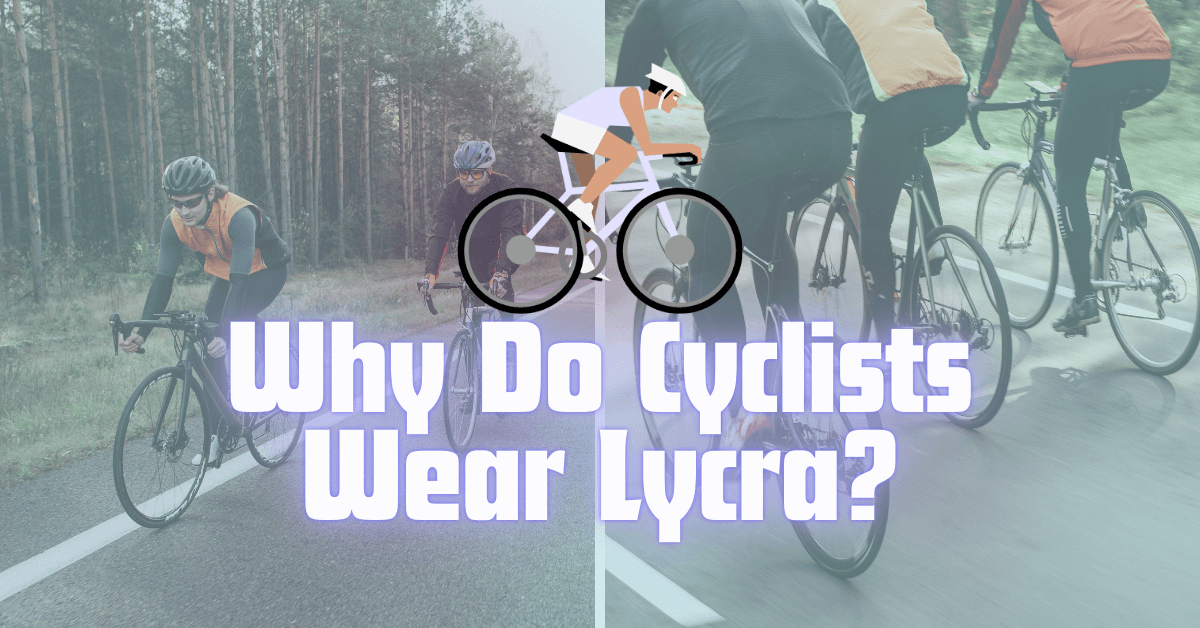
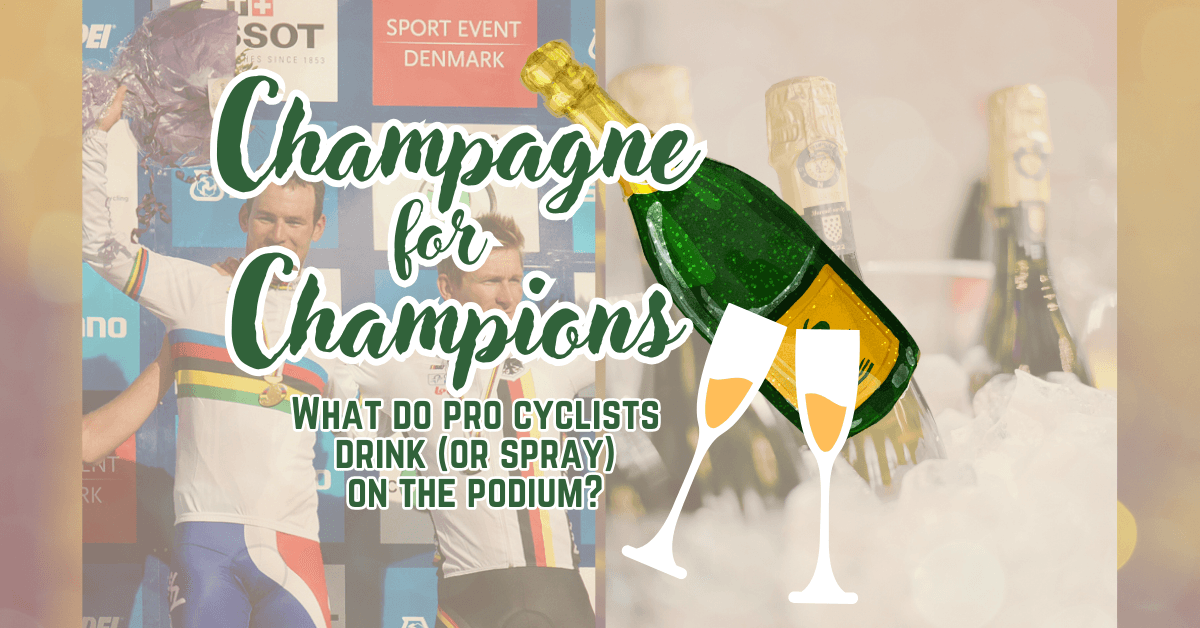
Leave a Reply